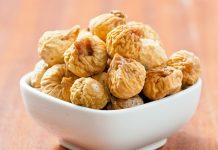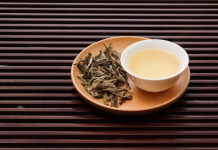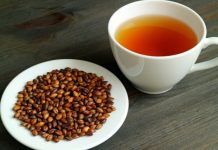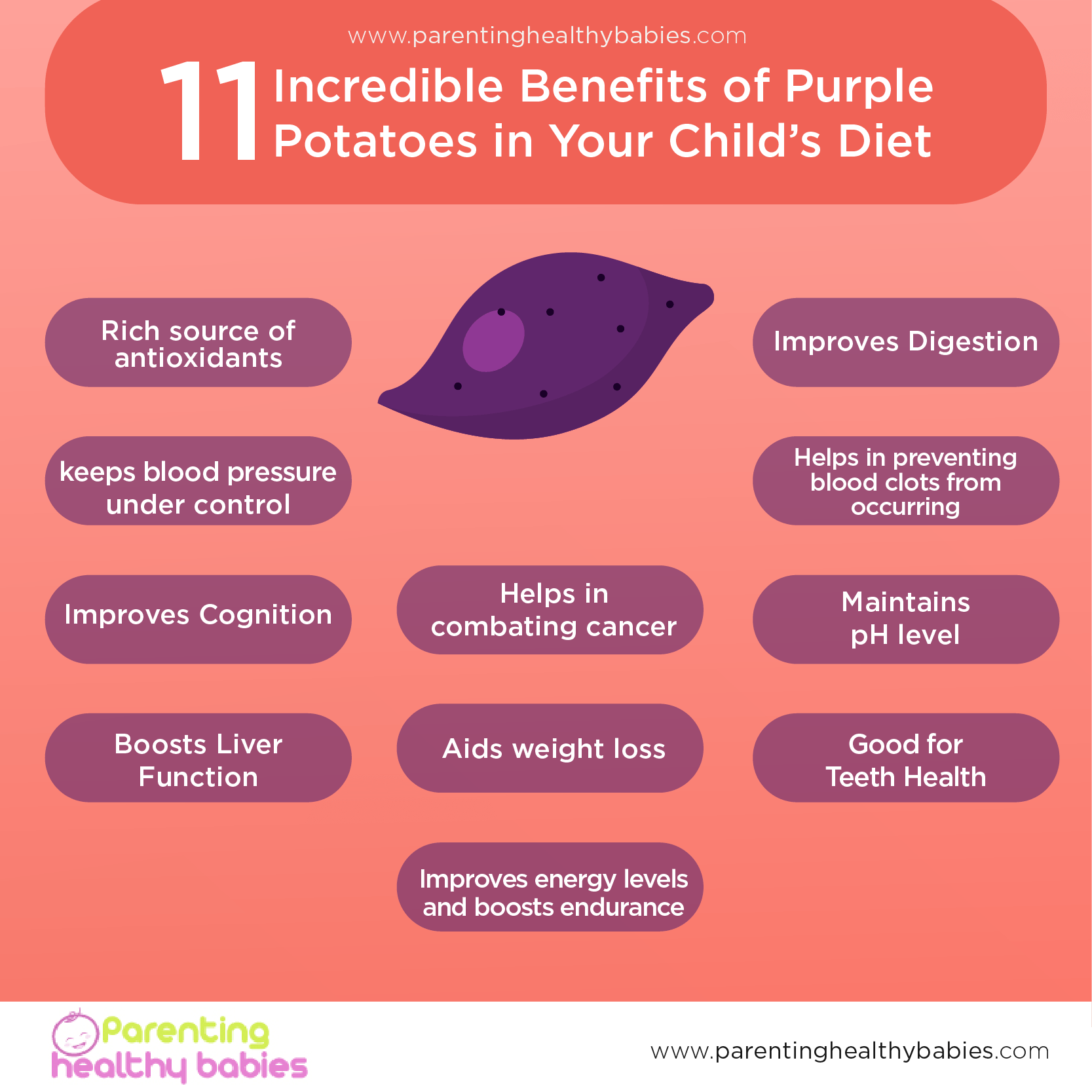Health Benefits of shrimp for children include brain and bone development, enhances bone and teeth growth and development, keeps children free from infection, improves vision, improves energy levels, rich source of protein, vitamins and zinc, reduces obesity, fosters overall development, etc
For children, shrimp is a wonder food with a large range of health benefits. For instance, eating about 350 gm of shrimp per week can help children absorb food and nutrients better, it can improve a child’s digestion, bowel movements and give him strong bones. A child’s physical and mental development is also severely enhanced by the presence of high levels of iodine, calcium, zinc, phosphorus and several minerals.
Shrimp
Worldwide, shrimp and prawns are eaten and relished. According to biology, they belong to different subsections of Decapoda, but are similar in their appearance. Generally, the term “prawn” is used to describe a large shrimp.
Can I give Shrimp to my child?
Parents often ask when their babies can be given shrimp and whether it would be safe for them to eat it. Doctors usually recommend that babies should be a minimum of 12 months old before shrimp can be a part of their diet. This is because shrimp can cause allergies in toddlers, so it makes sense to wait until a baby’s immune system is better developed so that the risk of a reaction can be reduced.
Some doctors feel it’s better to wait until a child is three years old to start him off on shellfish, particularly if severe allergies are rampant in the family or if a child has already shown he is allergic to certain foods or experiences trouble with seasonal allergies like hay fever, eczema or even asthma. Doctors also recommend that an infant should be eating vegetables, fruit, meat and poultry before he progresses to seafood.
Parents should be careful about not giving their toddlers and children fish with a high content of mercury, such as shark, tilefish, swordfish and king mackerel. They should also give a limited amount of tinned tuna not exceeding 150 gm of chunk light tuna in a week. Children should not be given sushi until he’s a year old or more, since a majority of the bacteria that are usually present in raw fish may have serious side-effects in children.
Health Benefits of Shrimp in your Child’s diet
Shrimp has many beneficial effects on your child’s growth and development, such as:

Enhances bone and teeth growth and development: Shrimp is rich in Vitamin D that not only absorbs calcium and other minerals, but also works hard to build strong bones and teeth. It also prevents children from suffering from rickets and helps them reach their true height and maximum bone mass.
Keeps children free from infection, improves vision: Shrimp is abundant in Vitamin A that plays a stellar role in a child’s visionand growth of cells, tissues and bones and protects him from infection.
It provides protein: Shrimp’s protein content helps children grow and maintain body tissues.
It fosters overall development: Shrimp is a treasure house of several vital minerals, including phosphorus, zinc, iodine and calcium that are basic to a child’s physical and mental growth anddevelopment.
It ensures strong muscles and vision: Being rich in Vitamin B12, shrimp ensures that a child’s muscles and vision are strong and he does not have sudden moods.
It keeps a child’s energy levels high: A rich source of iron, shrimp gives children high energy levels and keeps anemia at bay.
Obese children can lose all that puppy fat: Being abundant in Vitamins A, D and B3, and protein, and zinc, shrimp is well-equipped to have the optimal level of thyroid, which also aids weight loss in obese children.
Side-effects of shrimp on children
For all the beneficial effects of shrimp on children, it also contains high levels of mercury that is toxic enough to affect the development of a toddler’s brain. Therefore, it is advisable to avoid giving your child shrimp, while giving other fish once or twice a week, to reduce the chance of mercury toxicity. For children below two years of age, eating 150 gm shrimp is advisable and safe. Raw or undercooked shrimp or any shellfish should not be given to toddlers as they contain harmful bacteria that can lead to fever, diarrhoea and vomiting.
Allergies due to eating shrimp
Parents can spot food allergies either within a few minutes of eating or after a few hours. If a toddler or older child reacts to eating shrimp, it could manifest as nausea, itching, vomiting, facial swelling, irritation or diarrhoea.A child affected by shrimp eating can also have respiratory problems, he may gasp for breath, choke, wheeze or turn blue. He may also faint and need immediate medical help. If a toddler is so highly allergic to shrimp, he might develop any of the above symptoms by inhaling the steam from seafood that’s cooking or just by touching shrimp.
If a child has been diagnosed with shrimp or shellfish allergy, it is advisable to keep injectable epinephrine handy. Doctors usually prescribe this medicine for children with shellfish allergy. Parents should make emergency plans with the person who will take care of their child in such a situation, such as school staff, family members or relatives. Children can also wear a medical alert bracelet.
Measures to take before giving your child shrimp
To prevent children from developing an allergy to shrimp, ensure the following:
- He doesn’t eat shrimp at all or any foods containing it
- All food labels should be read carefully to see that they are shrimp-free. If in doubt, check with the company.
- Shrimp or shellfish ingredients may be used in cosmetics, pet food and plant fertilizer. Patients should speak to their doctors about adopting safety measures.
Nutrition Facts
According to CalorieCount.com, the nutritional value of shrimp is as follows:
| Nutrition Facts
Serving Size 3 oz (85 g) |
| Per Serving % Daily Value |
| Calories 101 |
| Calories from Fat 13 |
| Total Fat 1.4g 2% |
| Saturated Fat 0.4g 2% |
| Polyunsaturated Fat 0.5g |
| Cholesterol 179 mg 60% |
| Sodium 207 mg 9% |
| Potassium 144 mg 4% |
| Carbohydrates 1.3 g 0% |
| Dietary Fiber 0 g 0% |
| Sugars 0 g |
| Protein 19.4 g |
| Vitamin A 5% · Vitamin C 0% |
| Calcium 8% · Iron 2% |
References:
http://www.parents.com/advice/babies/feeding/when-can-my-baby-eat-fish-and-shellfish/
http://kidshealth.org/en/parents/shellfish-allergy.html
http://www.livestrong.com/article/389077-skin-rash-from-eating-shrimp/












